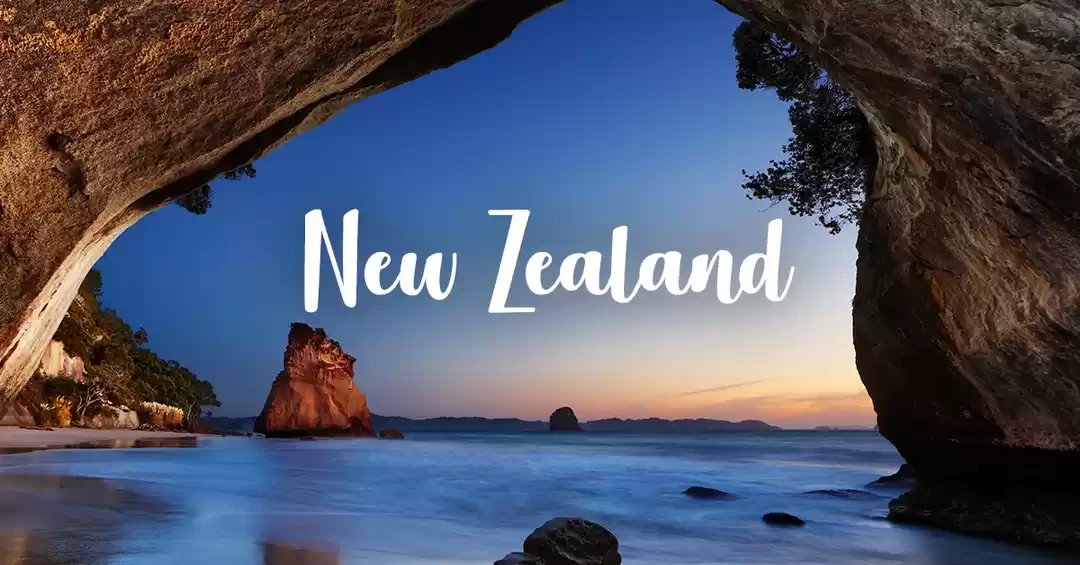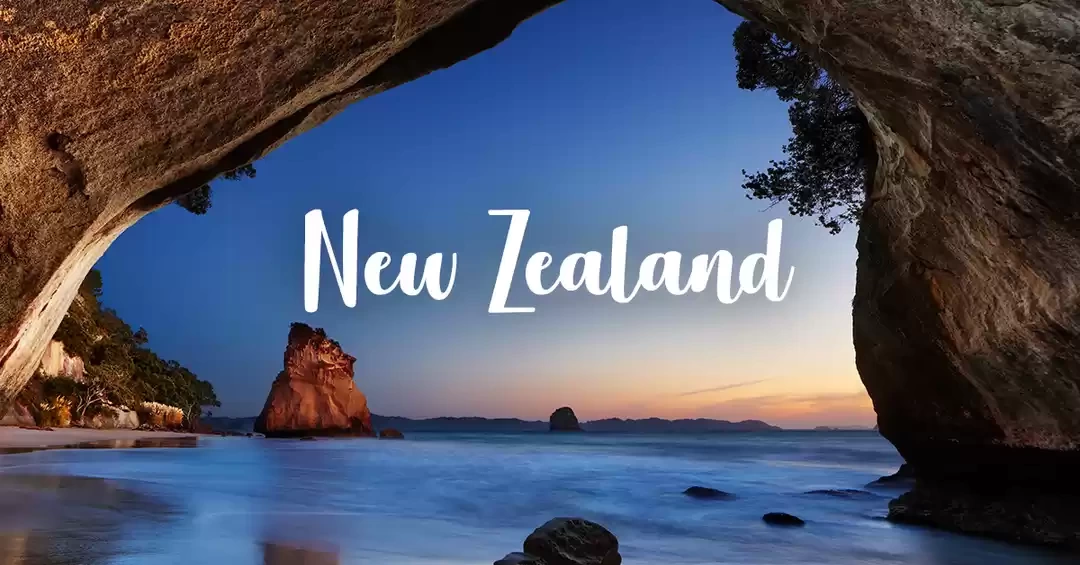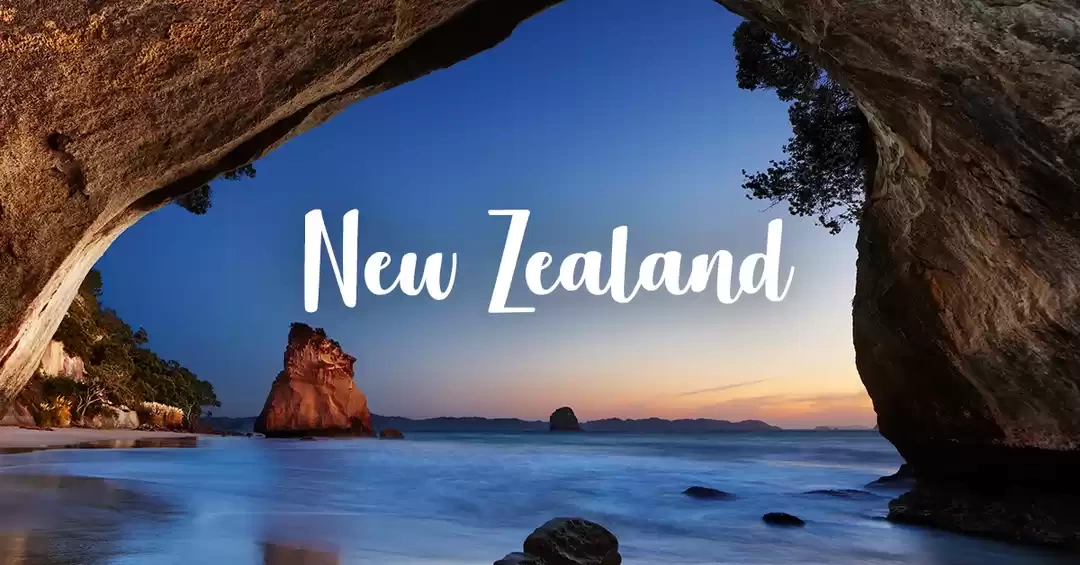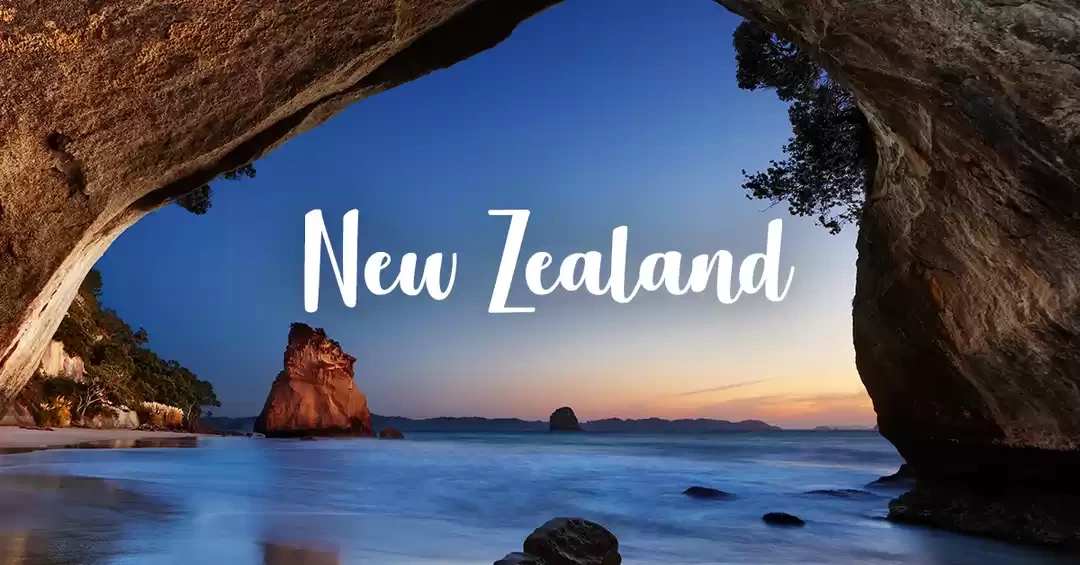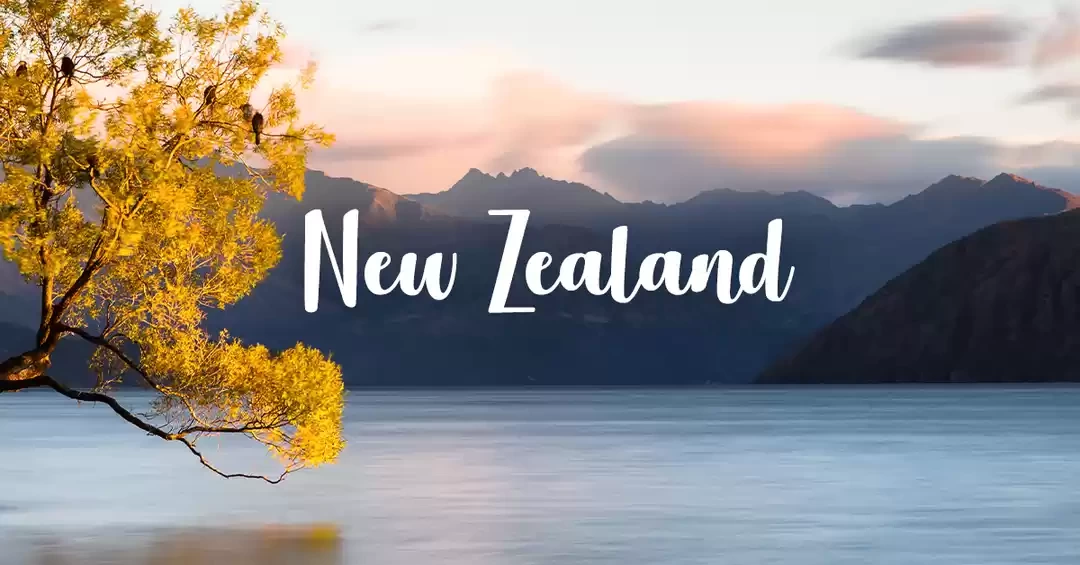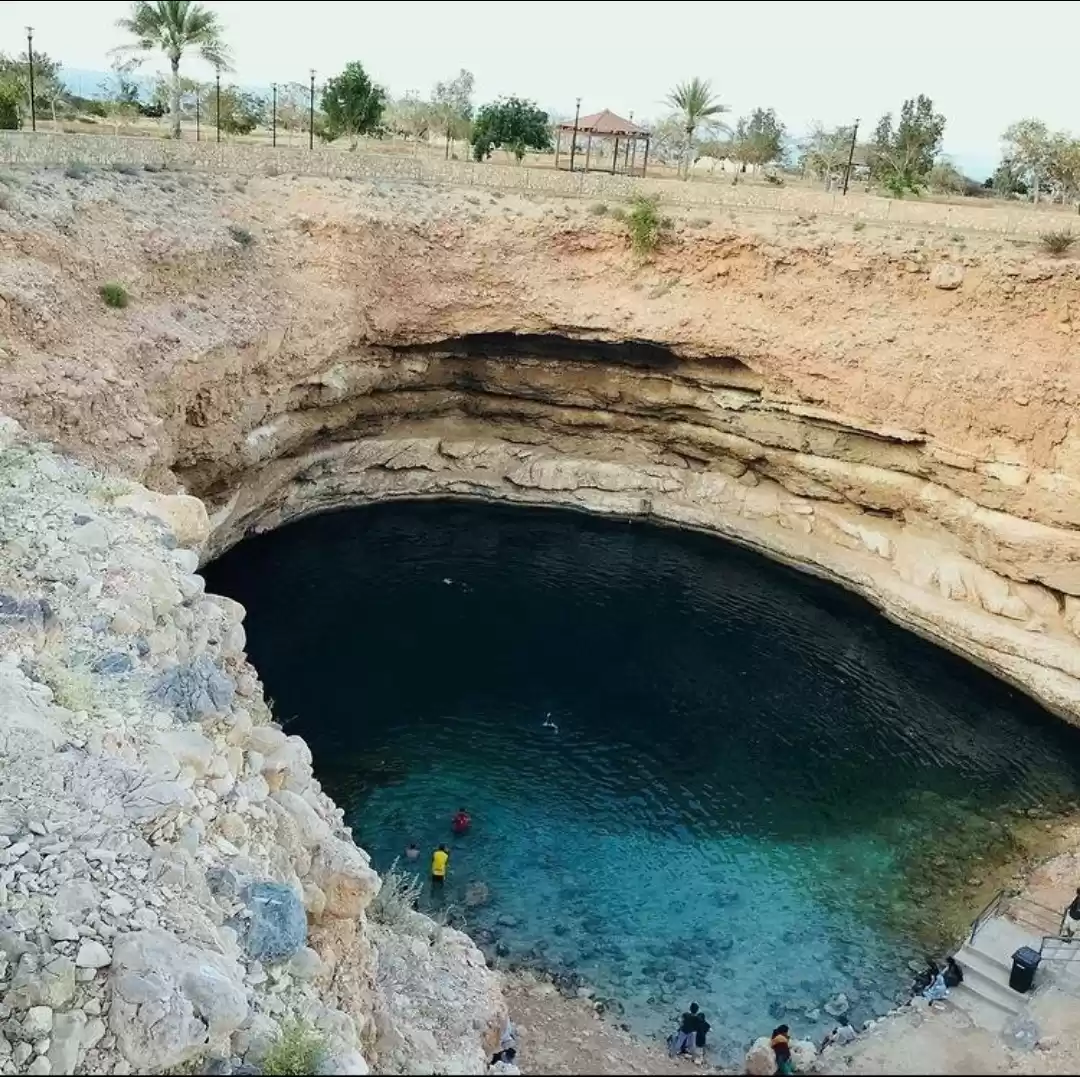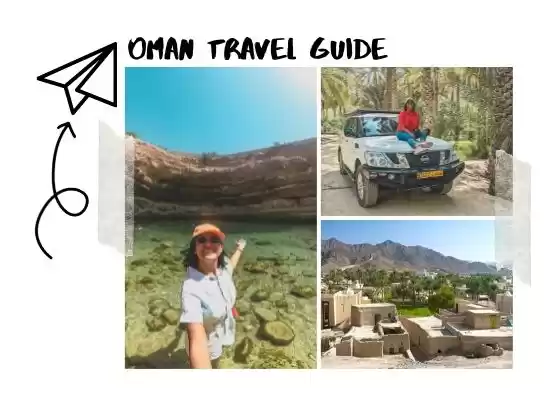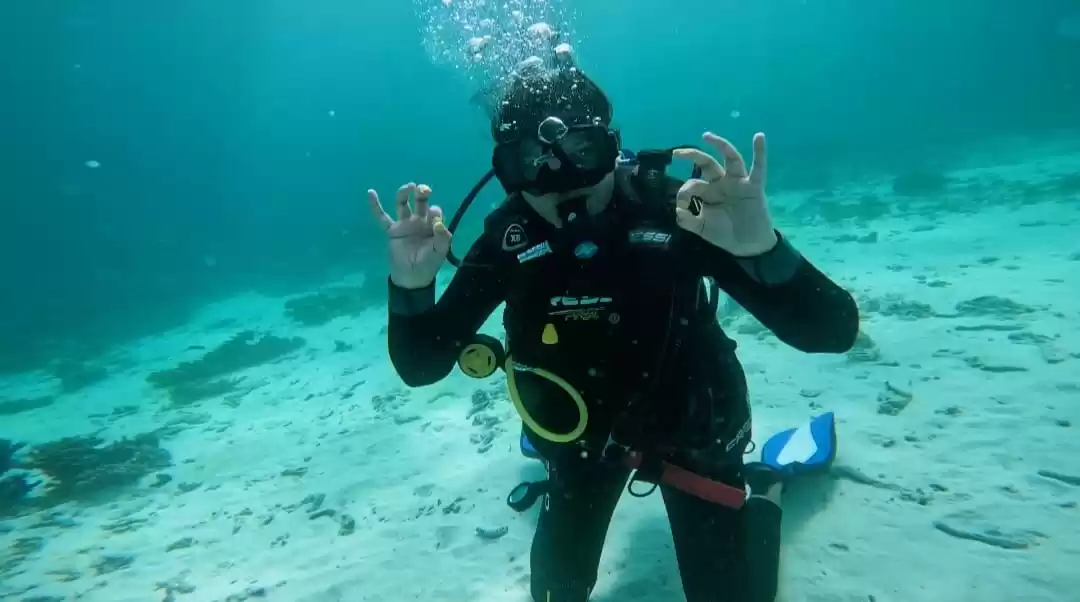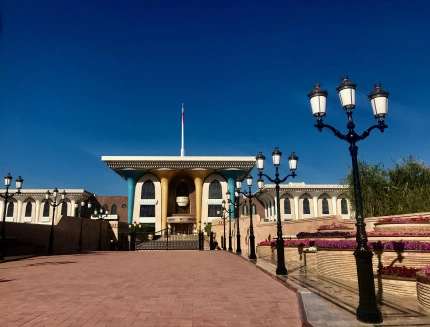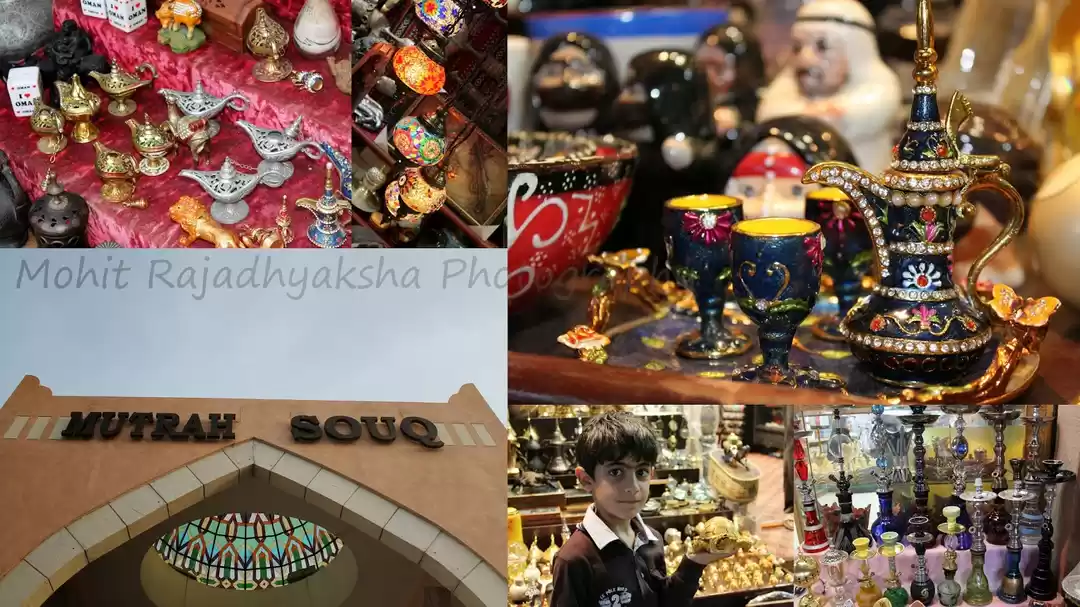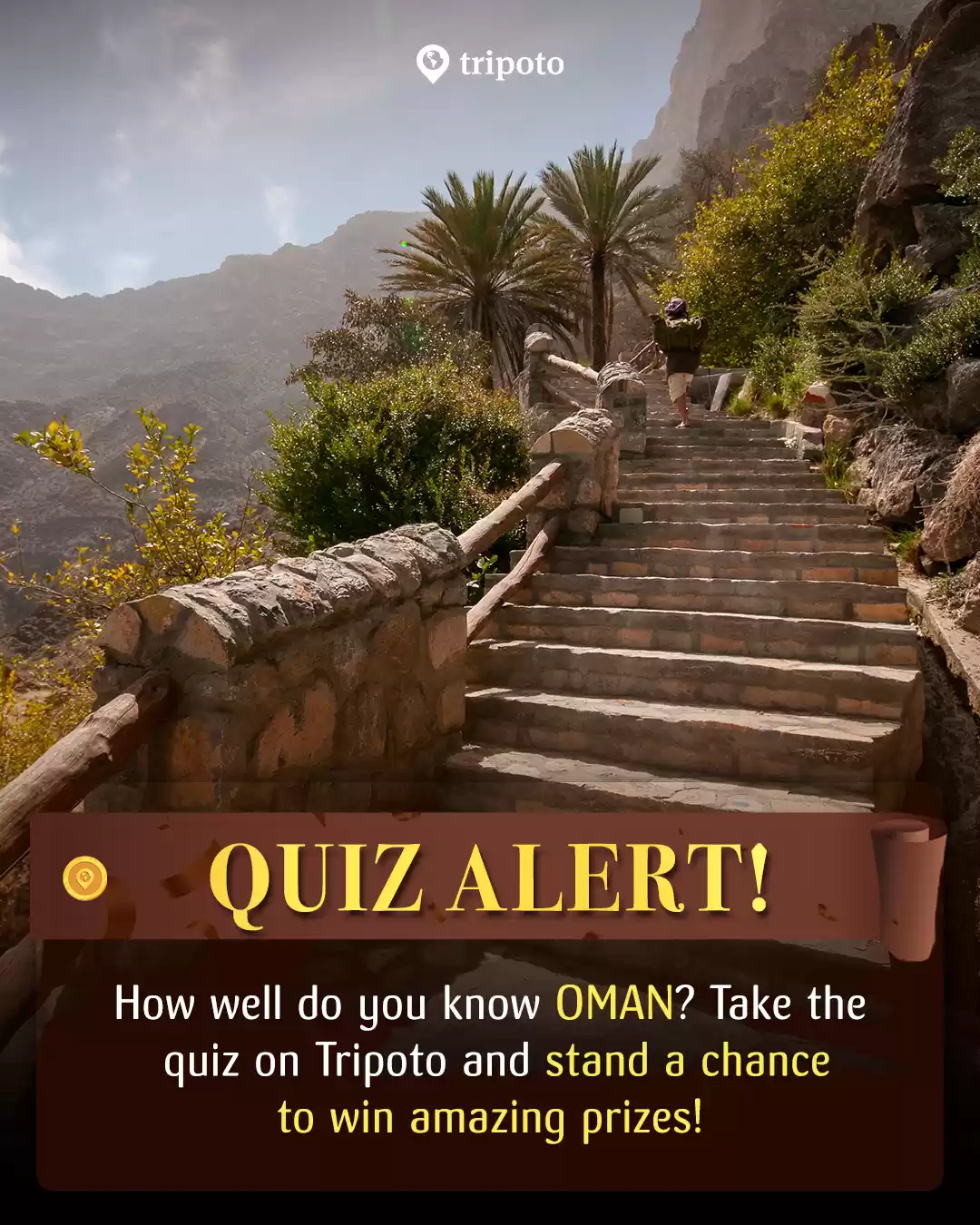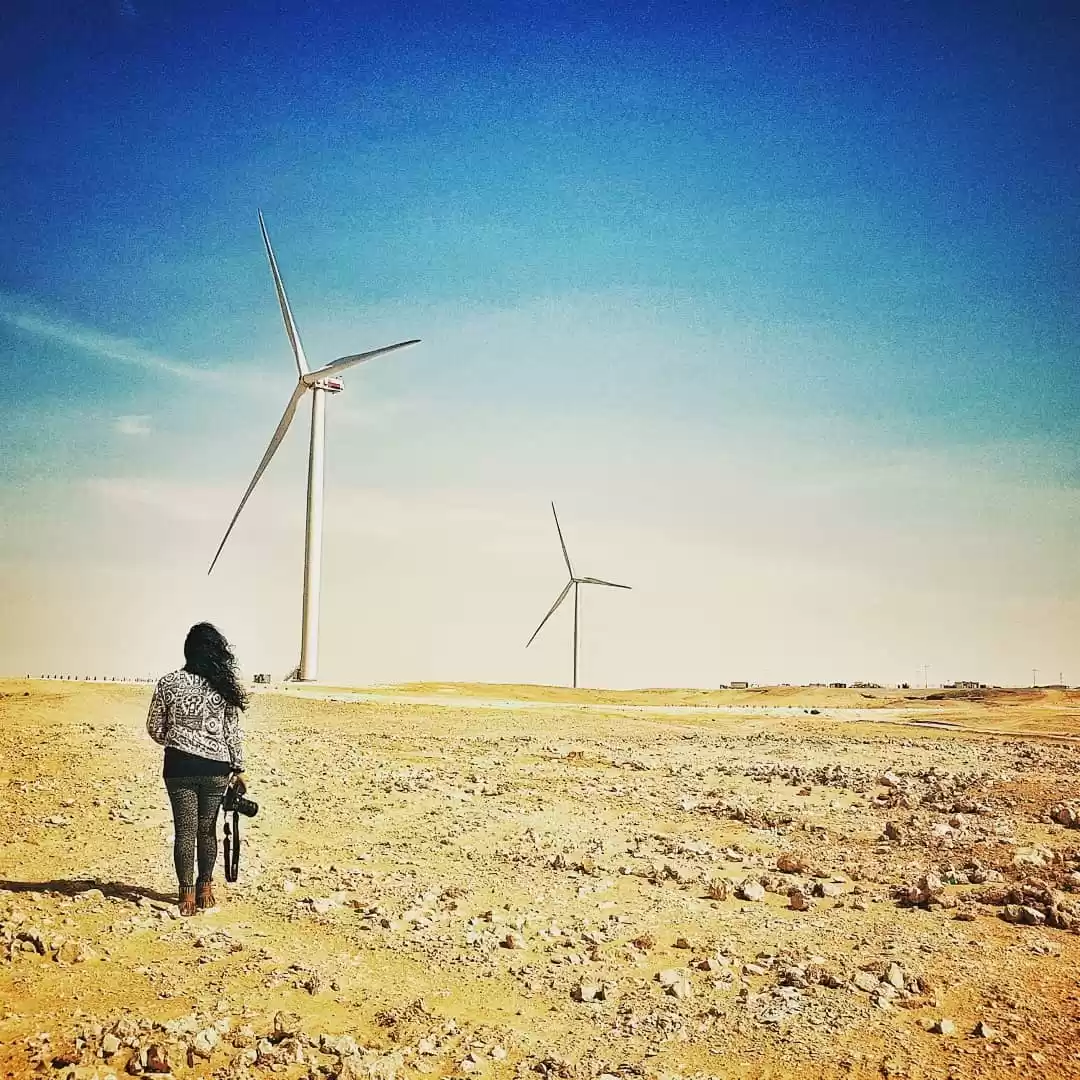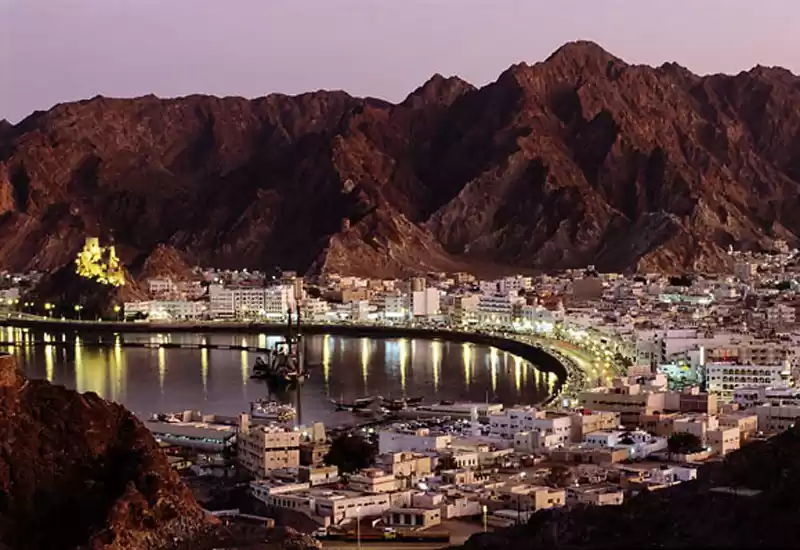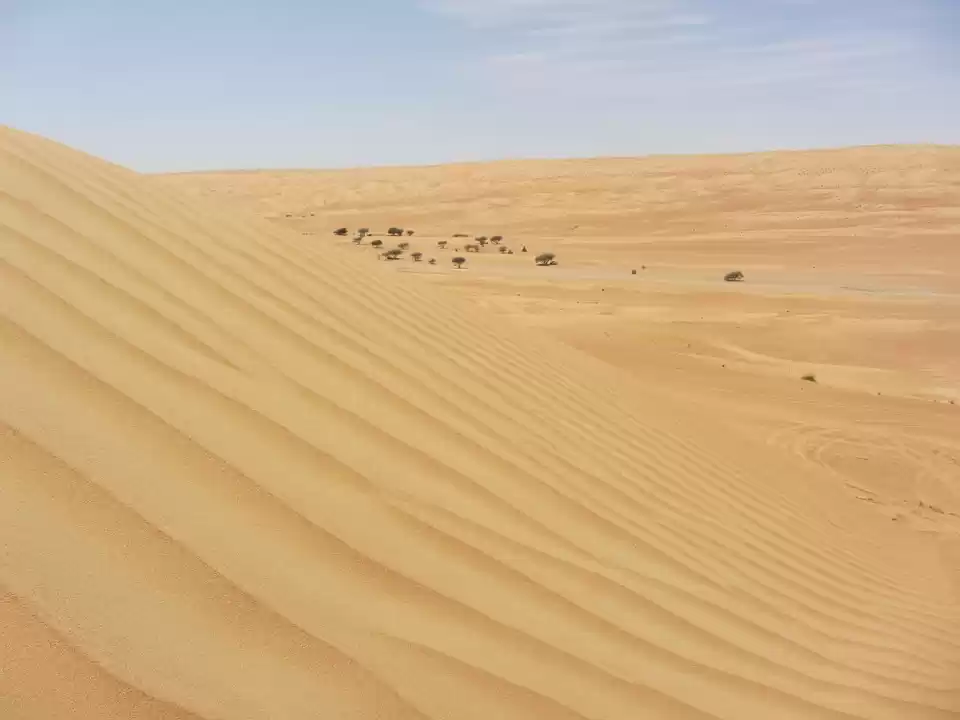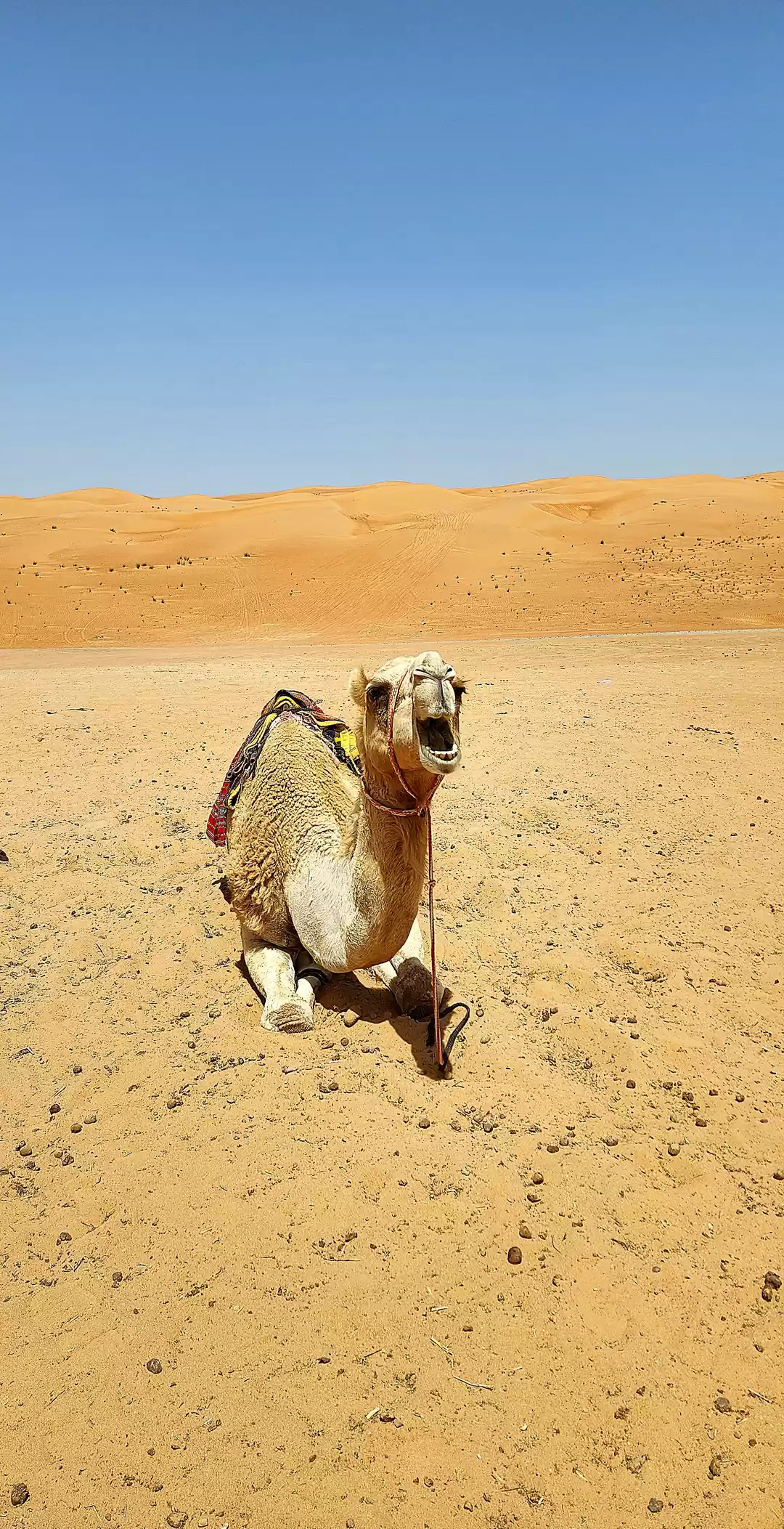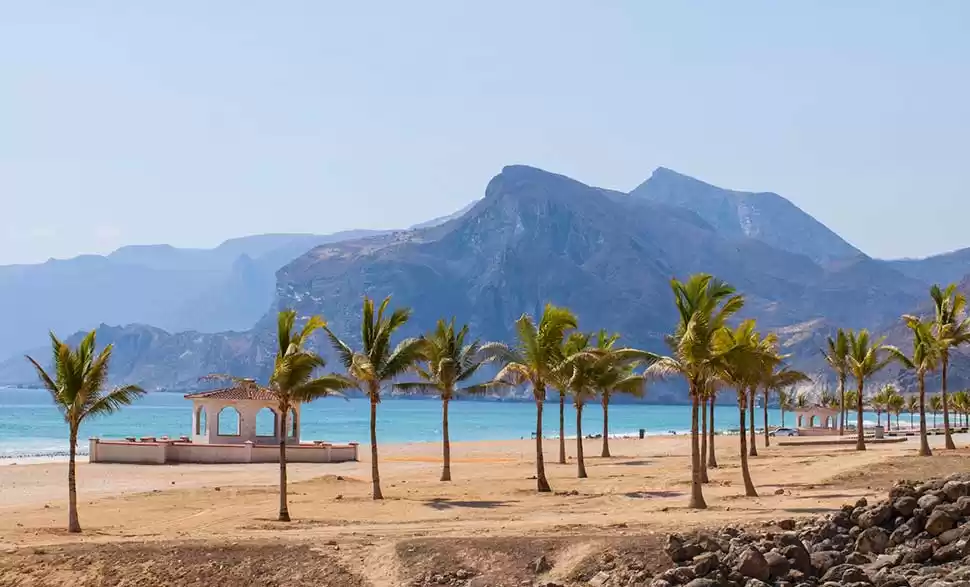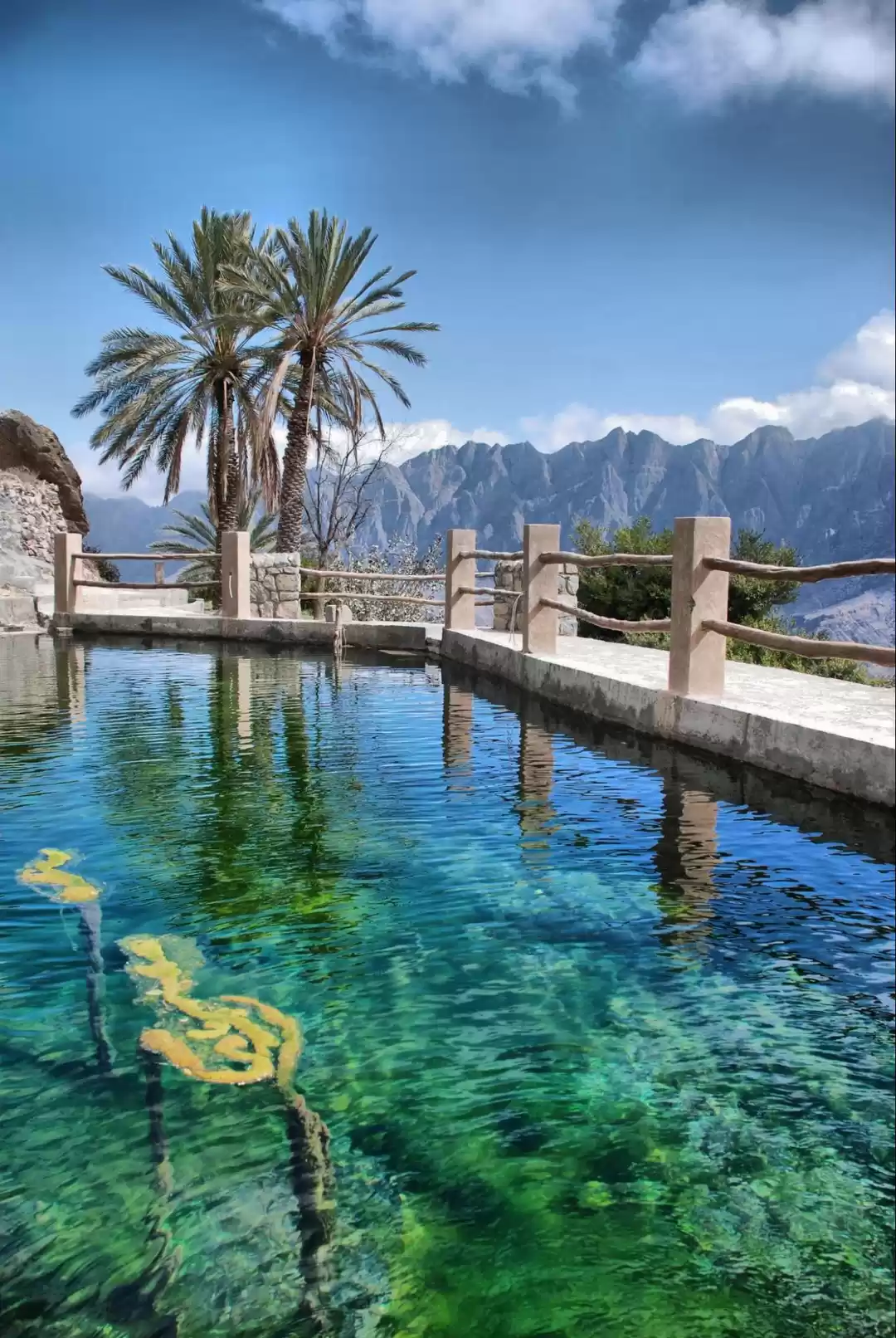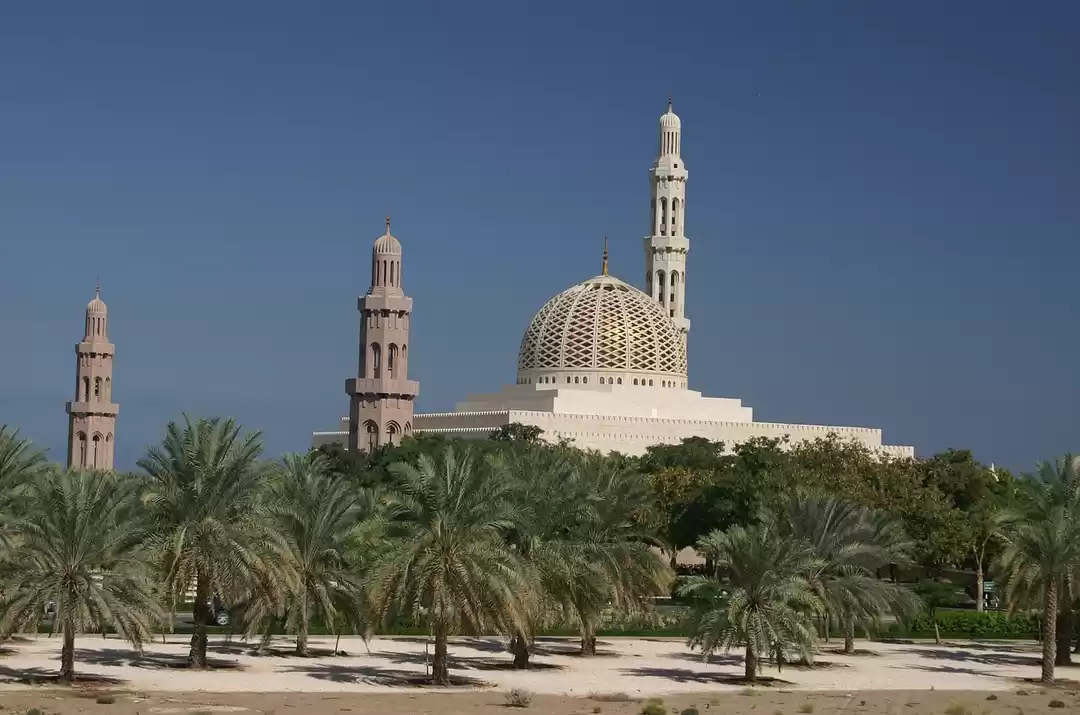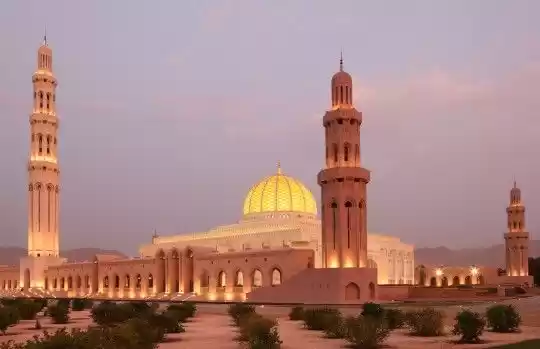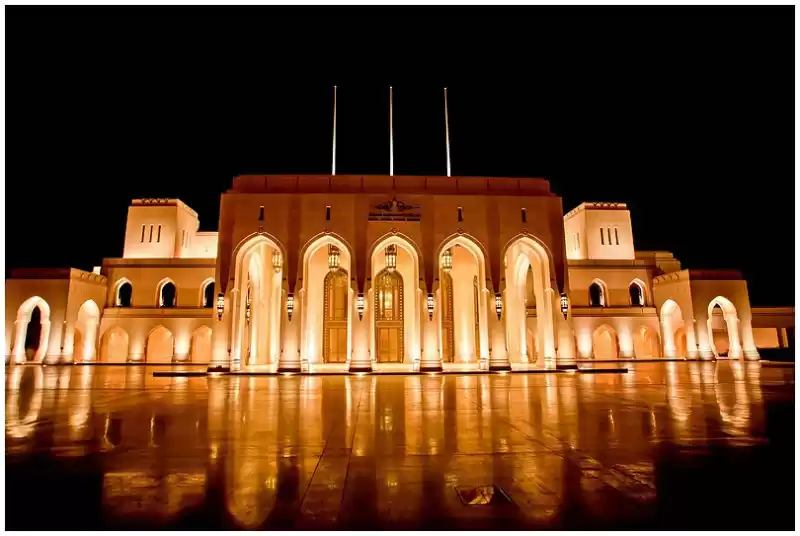
This country is located in the southeast of the Arabian Peninsula, it is divided into two parts, a small piece of land Musandam is an enclave in the United Arab Emirates, and the rest is further south. The capital is Muscat (we also say Masqat), it is a city on a human scale with a small airport, there are all services, and you can also rent a car there.
For our part, with my roommate, we rented a 4X4, determined to hit the track! At the airport you need to get a visa which costs 6 Omani riyals or 12 euros. The formalities are quick. The country is ruled by Sultan Qaboos and many infrastructures in Muscat bear his name, from the mosque to the big stadium! The latter overthrew his father in 1970 to bring his country into an era of reform, he emphasized education, so all cities and villages have two schools (male and female).
Oman is a large country crossed to the north by high mountains, between 2000 and 3000 m, very close to the sea, from where you can admire wonderful landscapes.
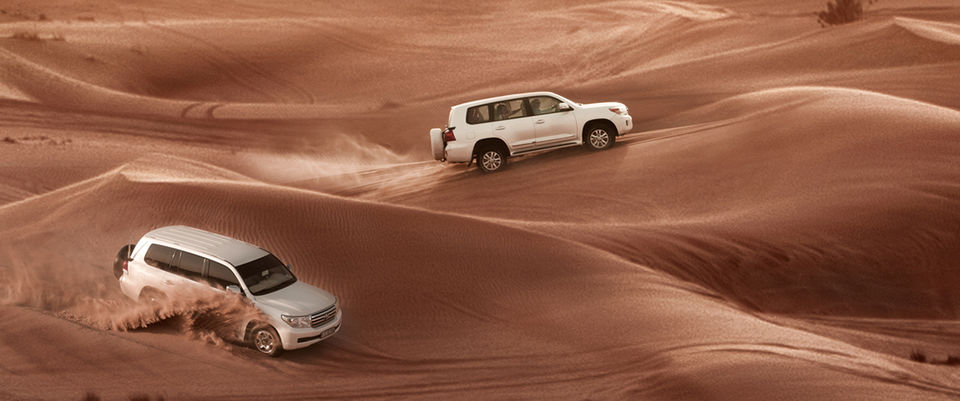
Behind these mountains, the desert stretches out red dunes; it's like being in Australia. And very surprising, far to the south, the Dhofar region (affected by the monsoon), very green, similar to Cantal and yes! Unfortunately, this province is at war, due to its proximity to Yemen and the revolutionaries of the north.
For my part, I made a loop starting from Muscat in the hinterland, from a town on the plateau, Nizwa, 190 km from the capital. There, there is a fort (Portuguese domination) that we visited, it is very pleasant, and the rooms are traditionally furnished, in the kitchen, the presence of a well and a small the canals provided running water. The Majlis (rooms with cushions and carpets, root "Jlis" all that is seated) are very numerous; more or less rich according to the rank of the soldier, very elaborate chests also indicate the degree of wealth of the person and his family.
Next to the fort, a colorful mosque, nothing to do with those of Qatar which now seem much more austere!
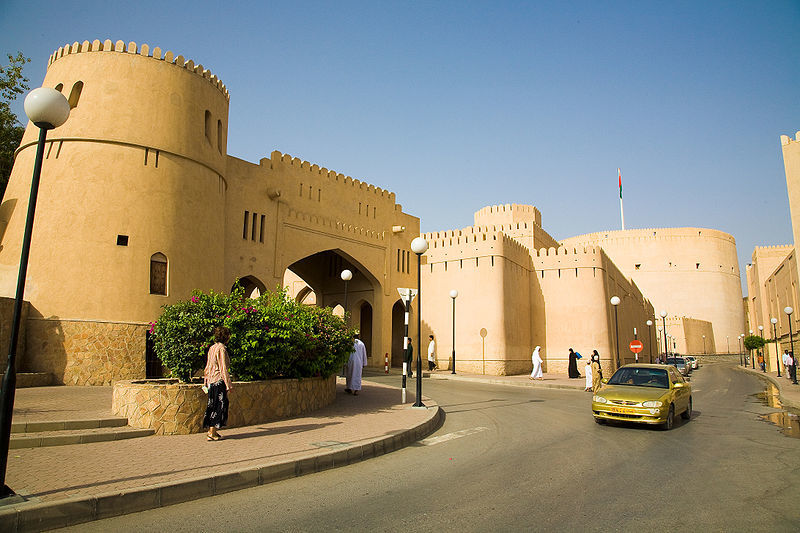
From Nizwa we ventured into the mountains passing through Tanut and its adobe ruins, later a stop was a must in a magnificent village: Al Hamra, mud houses mixed with straw and pebbles, with very small rooms and very colorful gates, the heart and the flower are omnipresent motifs.
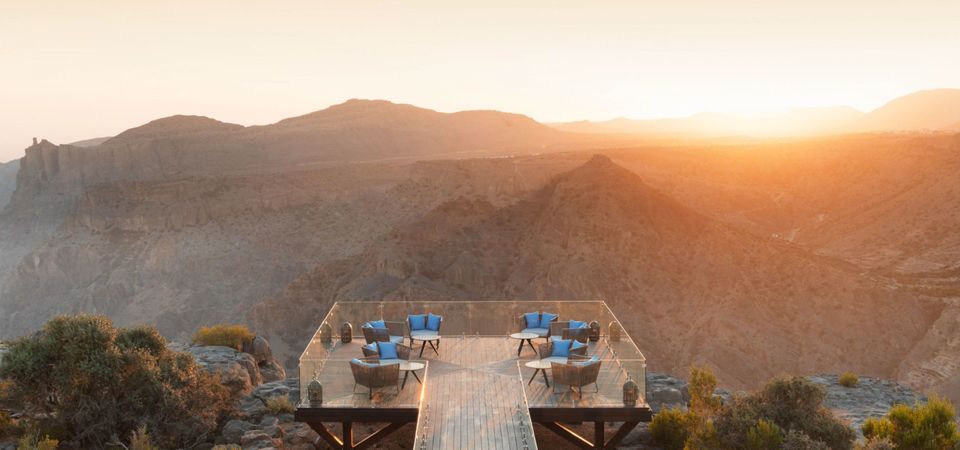
Then we took a very dangerous path in the Jabal Shams Mountains. Despite everything, for the locals: it is the highway, there is a lot of traffic, school cars, tankers of drinking water and food that supply the mountain villages. I camped out on a platter, with a wood-fired menu and dehydrated soup! In the morning it was the goats that woke me up, the view was magnificent, we were visited early in the morning over our cup of coffee by the shepherdess and the children who agreed to eat with us.
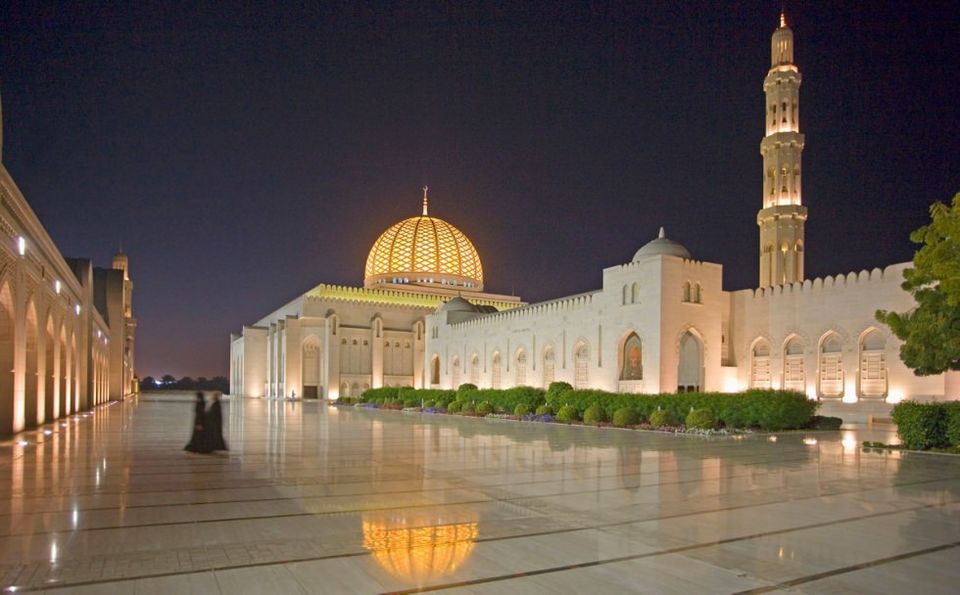
Unexpectedly the children were walking with a dog, which is inconceivable in Qatar, the dog is considered a dirty being and brings bad luck (it is the favorite bad word of my Qatari students), the few who live in Qatar belong to European expatriates. In Oman dogs are tolerated, in general Muslims are more moderate and also accept, for example, the visit of some mosques by non-Muslims. You can visit the grand Qaboos mosque in the capital by following a large blue carpet (for non-Muslims) and wearing a veil for women, it is open from 8:00 to 11:00 from Saturday to Thursday.
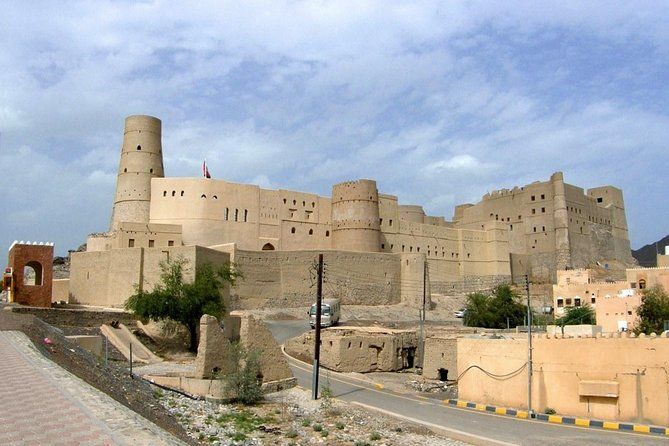
The third day was dedicated to the region of Balhà 'west of Nizwa, this city has a fort classified as a world heritage, however it has been closed for construction for 2 years, but it is worth the detour for its exteriors. Its souk is also one of the most traditional.
Further north, in the mountains, we found the 3,000-year-old Baat tombs made of dry stone and dramatically silhouetted behind a mountain wall!

Then in the direction of wadi Damn (the wadi indicates a canyon in the area), there I met two French geologists in thesis who explained to me more seriously than the world that the tombs of Baat were built in a rotten limestone! I found this cute stone!
The bottom of the wadi can be done on foot, the ecosystem is rich: frogs, shells, leeches, dragonflies, various birds, small channels carry the water under the palm trees. This system allows you to grow crops under trees: alfalfa, corn, etc.
The next day we dedicated it to a trip to a city on the east coast: Sùr. We walked along red sand dunes to get to the sea. This Oman city only wakes up in the evening, the animation is at its peak, like many Arab cities, men are out talking, eating and playing or shelling their komboloi. The sea is also very rich, you can spot rays, torpedoes, crabs, hedgehogs and many species unknown in Europe. Turtles lay their eggs all year round on this side, the spawning peak is in summer, there is an observatory run by a French woman at Ra's al Jinz (ra's like raz with us, point in the sea).
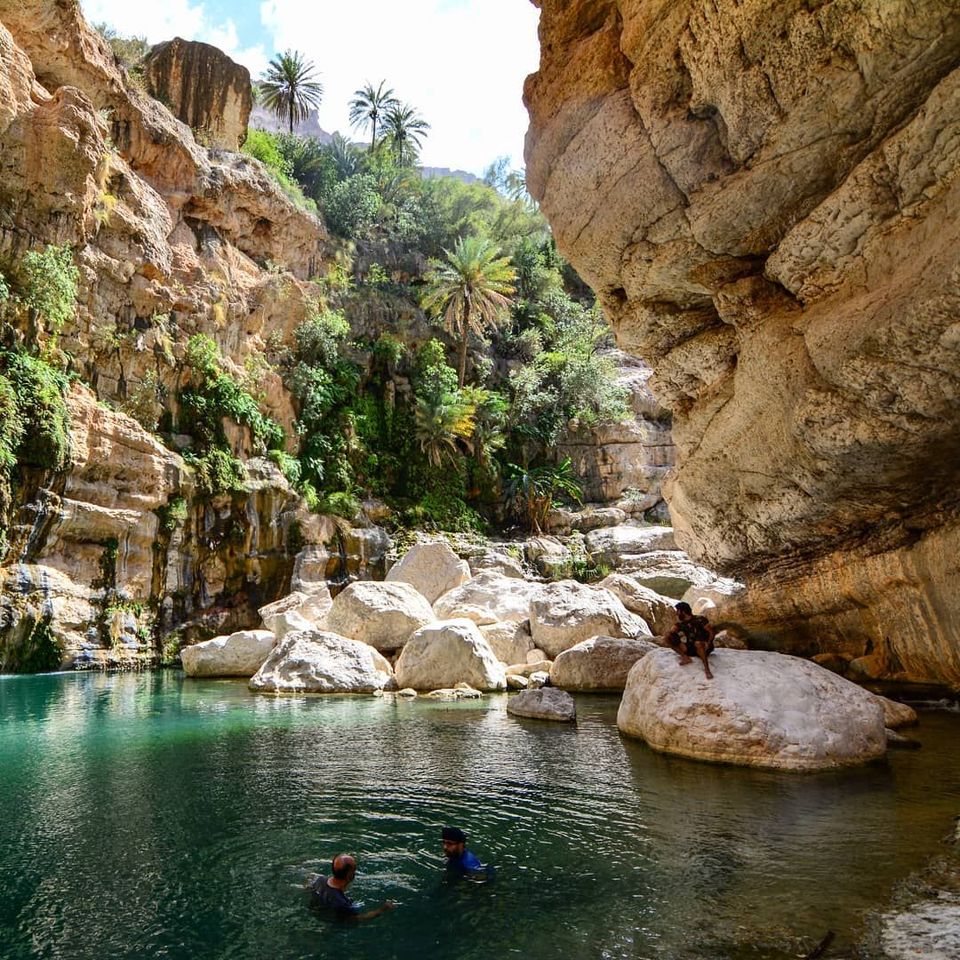
The next day, heading to Wadi Tiwi, one of the best known in Oman, we went there very early, so we took advantage of the tranquility and freshness of the morning. There we met Saïd, an elder from the area who showed us the wadi, he gave us explanations about the vegetation of the wadi: mango trees, banana trees, figs, date palms, oranges ... in this same place, we met a teacher Omani Arab who spoke openly to us about his country's lack of freedom and the fact that he got married too young, a decision of his parents. He recalled the democratic dimension of our country and the fortune of the French, which I now understand better in the light of the policies carried out in the Arabian Peninsula. On the other hand, Oman certainly remains one of the most moderate and opens countries in the area! In Qatar, people like him who rebel against their rulers are very rare and do not talk about it to passing tourists!

Saïd invited us to his house to eat the traditional way, with a menu of fresh fruit, fish and spiced rice, honey pancakes stuffed with dates, all eaten by hand! Finally the cardamom coffee! A delight! We met his wife, who embroidered colorful leggings (worn over boxers under her long dress).
Returning north, we were able to observe the desert gazelles and a vulture very present in these regions due to the goats and sheep.
Slowly we climb towards Muscat along the coasts and the mountains, there are very beautiful wild beaches where we find magnificent corals rejected by the sea, giant shells and porcelain. The mountain range is also impressive, a detour is essential to reach the Salmah Plateau and its own mineral universe.
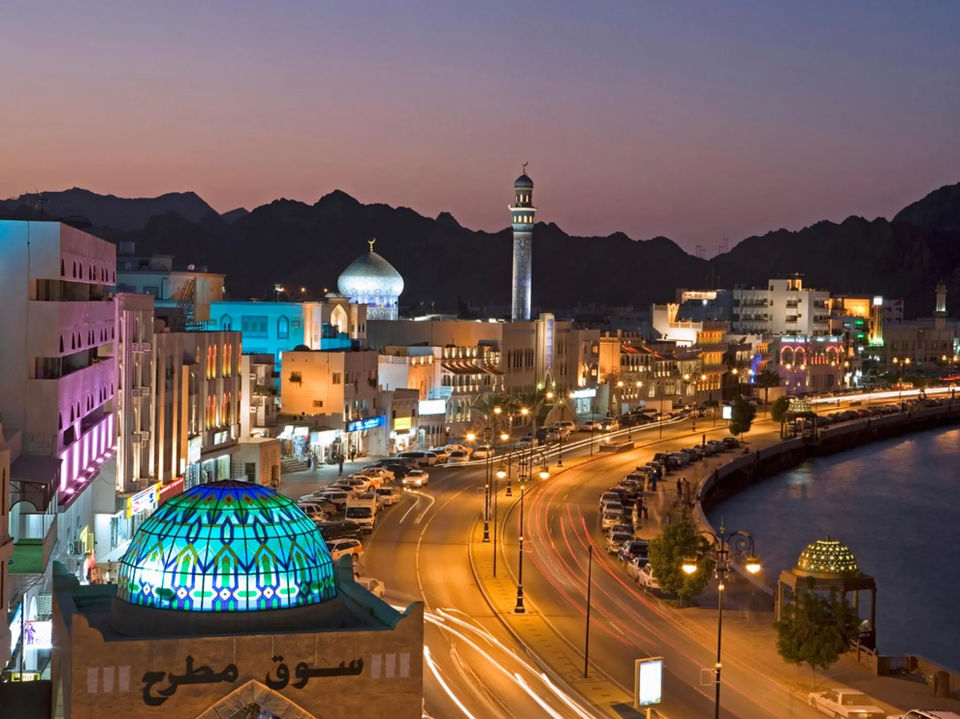
Finally, on the last day, I spent it in Muscat. This city (a bit like Rio) is enclosed in the mountains; neighborhoods like Qurm, Seed, Mutrah, Ruwi are very distinct and separated by a mountain.
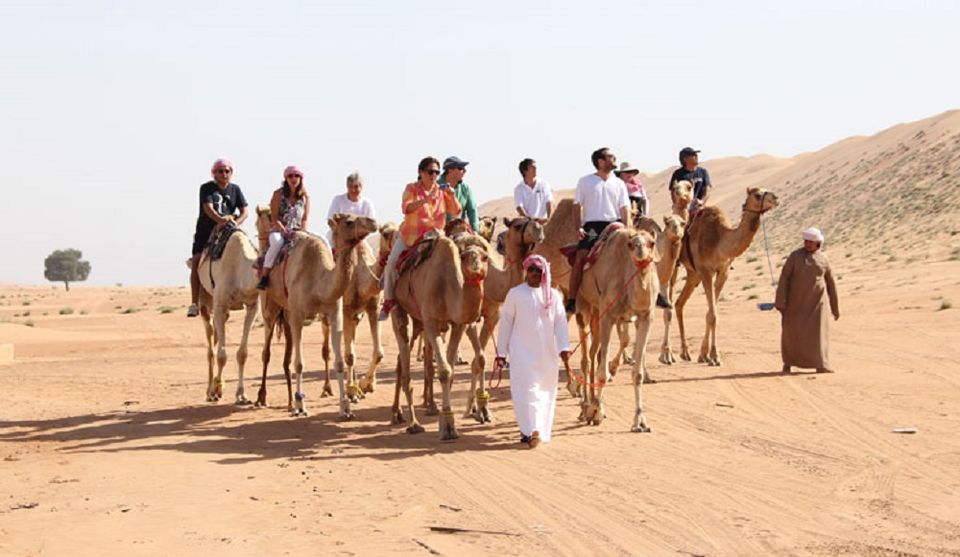
The port is Mutrah, there is the traditional souk, and the ceilings depending on the location are made of wood or woven wicker. Obviously the guilds are distinct: jewelers, bazaars, fabrics, incense (which is well known in the peninsula, is considered one of the best). At the entrance you can taste delicious and cheap fresh fruit juices, try the mixed big ones, a gem!
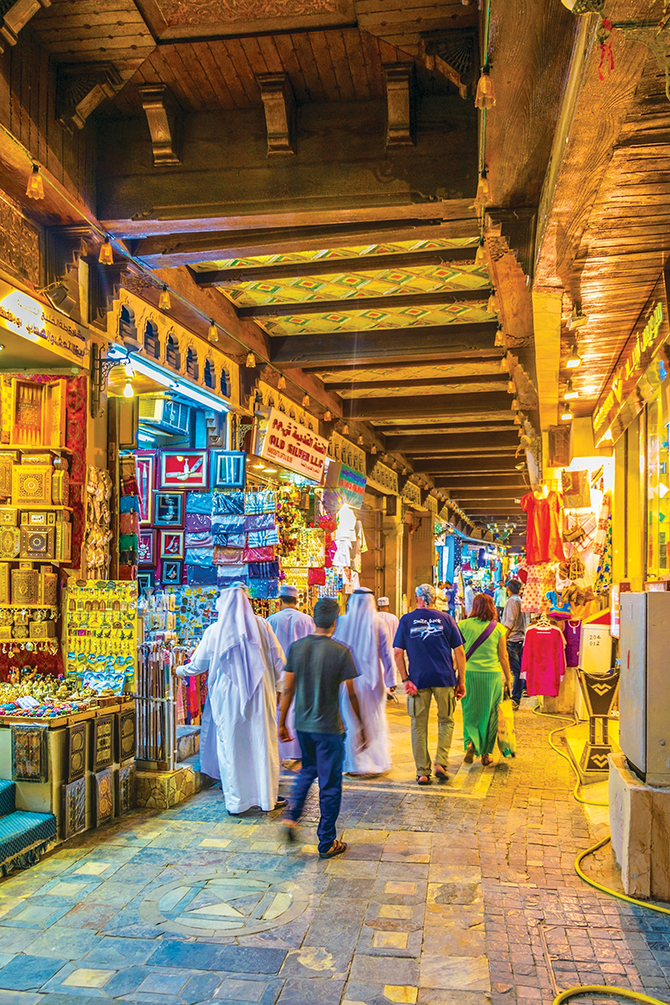
They also sell many Indian products such as silk or Pashminas stoles. Traditional Omani products are Kanjhar (much curved daggers), stamped metal jewelry, incense, and hanging vessels to keep the water cool.
Oman is a beautiful destination, the country is very safe and wild camping is allowed, however hotels are very expensive so camping is a good option even with the family. I met very welcoming people; I recommend that you go there before the great tourist rush arrives to disfigure this region! Book Oman Holidays packages with Mountain Valley Holidays – They are a reputed destination management company and tour operator based in the capital city – Muscat, Oman.



